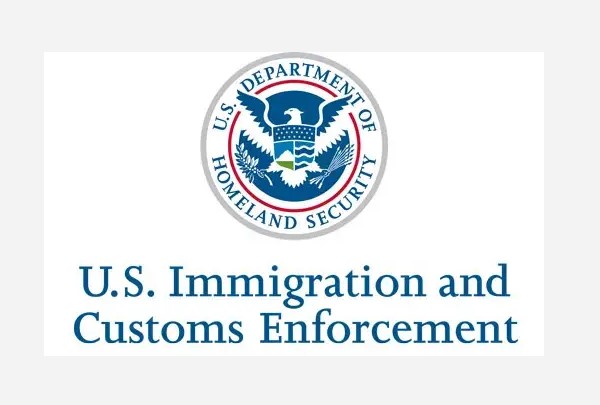BALTIMORE, MD—The U.S. Department of Justice on Tuesday released a list of 35 states, counties, and cities identified as “sanctuary jurisdictions” for allegedly impeding federal immigration enforcement, with Baltimore County, Maryland, among those included. The designation, part of an executive order signed by President Donald Trump in April, signals potential legal action against jurisdictions deemed to hinder cooperation with federal immigration authorities.
Attorney General Pam Bondi stated that “sanctuary policies impede law enforcement and put American citizens at risk by design,” vowing that the Justice Department would continue litigation and collaborate with the Department of Homeland Security to address these policies. The list, published on the Justice Department’s website, includes 12 states, four counties, and 18 cities, with Baltimore County standing as the sole Maryland jurisdiction on the updated roster.
However, Baltimore County Executive Kathy Klausmeier swiftly refuted the classification. In a statement released Tuesday afternoon and posted on the social media platform X, Klausmeier asserted that the county “is not a ‘sanctuary jurisdiction’” and called its inclusion on the list “in error.” She emphasized that the county’s Office of Law is actively contacting the Department of Justice to rectify the mistake.
“Public safety remains a top priority, where we practice community policing—an approach proven to enhance safety by encouraging cooperation with law enforcement at varying levels,” Klausmeier wrote. “We will continue to support our valued law enforcement personnel while following federal, state, and local laws.”
The county executive highlighted ongoing efforts to meet residents’ needs through essential services and public resources, framing these as “the building blocks of healthy and thriving communities.” Her statement comes amid a broader context where the Justice Department has targeted jurisdictions with policies that limit cooperation with Immigration and Customs Enforcement, such as refusing detainer requests to hold immigrants beyond their release dates.
This marks the second time in 2025 that Baltimore County has appeared on such a list. An earlier Department of Homeland Security compilation in May included eight Maryland counties and Baltimore City, but that list was retracted following widespread criticism and errors. The current Justice Department list, described as an initial designation subject to regular updates, allows jurisdictions an opportunity to respond and potentially be removed by remediating their policies.
The inclusion of Baltimore County has sparked debate, with some residents and officials questioning the criteria used by the Justice Department. Unlike some jurisdictions with explicit laws limiting immigration enforcement, Baltimore County has not adopted such measures, a point Klausmeier’s statement implicitly underscores. The county’s designation may reflect past instances or perceived inconsistencies in cooperation with federal authorities, though specific reasons remain unclear from the DOJ’s announcement.
Klausmeier’s rebuttal aligns with responses from other jurisdictions on the list, such as Nevada and Connecticut, where state leaders have also denied the sanctuary label. The Justice Department has not yet detailed how Baltimore County meets the criteria, which include public declarations of sanctuary status, noncompliance with federal law enforcement, information-sharing restrictions, or legal protections for undocumented immigrants.
As the situation develops, Baltimore County’s efforts to challenge its inclusion could set a precedent for other jurisdictions facing similar scrutiny. The Justice Department has indicated willingness to assist localities in eliminating sanctuary policies to be removed from the list, though no timeline for resolution has been specified.
Baltimore County is not a ‘sanctuary jurisdiction’. We believe our inclusion on this list was in error.
Our Office of Law is currently contacting the Department of Justice to correct this mistake. pic.twitter.com/8K7y6yK2PI
— County Executive Kathy Klausmeier (@BaltCoExec) August 5, 2025


